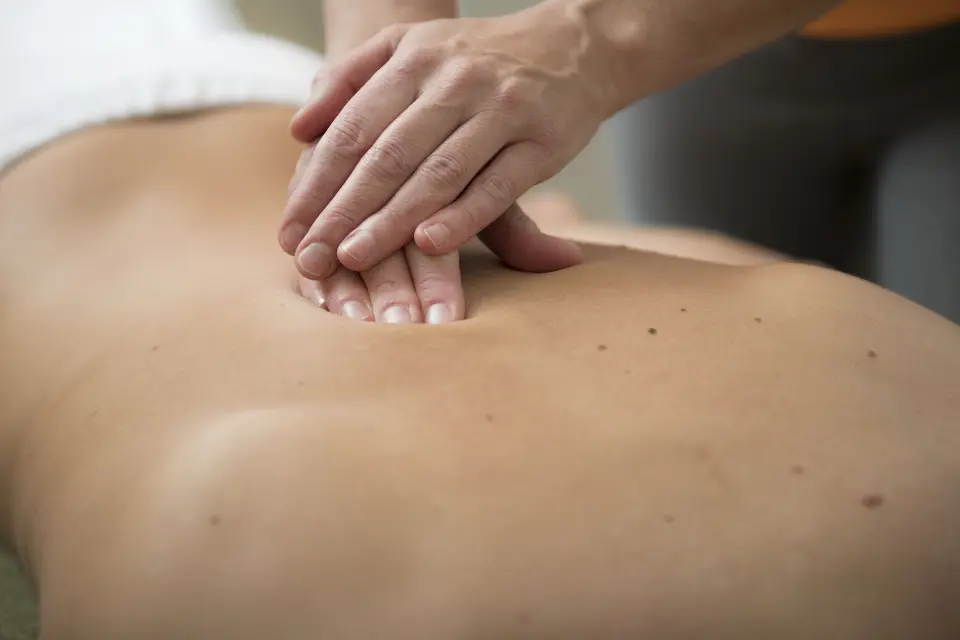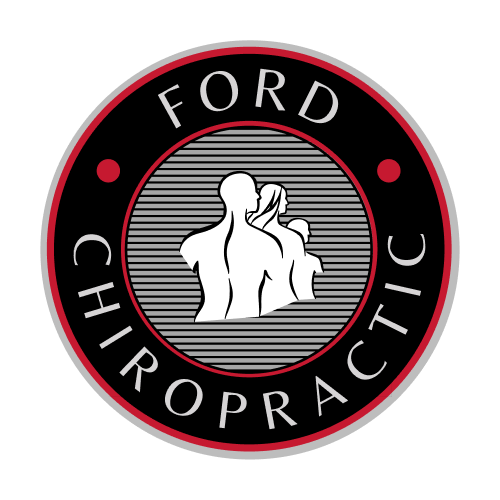Massage Therapy


Medical massage for pain relief
Massage therapy isn't just for relaxation- it is a powerful tool that can be used to alleviate a multitude of musculoskeletal pain.
Massage is very effective in treating problems that involve areas like the kneck, knee, and shoulder as well as many other areas of the body. Our licensed massage therapists are trained to address specific conditions like plantar fasciitis, rotator cuff tendinopathy, neck strains, and many other issues- all while being overseen by a doctor. When appropriate, we also file to insurance plans which cover massage.
Why massage therapy?
Massage therapy is a wonderful tool that can help alleviate a multitude of musculoskeletal aches and pains.
Accent HeadingPain Relief
Massage therapy aids in pain relief by reducing muscle tension, increasing blood flow, and triggering the release of endorphins.
Faster Recovery
Massage therapy promotes blood circulation, reduces inflammation, and releases muscle tension, which aids tissue repair.
Stress Relief
Massage therapy relieves stress by reducing cortisol levels, promoting relaxation, and triggering the release of endorphins, leading to a sense of calm.
Massage therapy can help with...
Click on the condition to learn more
Massage therapy for pain relief and relaxation
Whether you are looking for therapeutic work or simply a relaxation massage, we have options for all of your needs.
Trigger Point Therapy
Our massage therapists are trained in many modalities, but we primarily practice Precision Neuromuscular Therapy and the Fascial Distortion Model. Both of these modalities of massage are focused, specific, and incredibly effective at treating a wide range of conditions.
Call to schedule
Full Body Massage
We offer 30, 60, and 90-minute massages so that you can choose a time that best suits your needs. Whether you are looking for a relaxation experience or a more focused therapeutic session targeting specific areas of tension, our massage therapists have you covered.
Call to schedule
Meet our therapists
All of our massage therapists have been expertly trained in many modalities of massage- all designed to get rid of your pain as quickly as possible.
Austin Bailey
Licensed Massage Therapist

Ashlyn Bowman
Licensed Massage Therapist

Michelle Gardner
Licensed Massage Therapist

Canaan Ford
Licensed Massage Therapist

Charley Davis
Licensed Massage Therapist

Kathy Stier
Licensed Massage Therapist

Amy Warren
Licensed Massage Therapist

Jim Kimbrell
Licensed Massage Therapist










